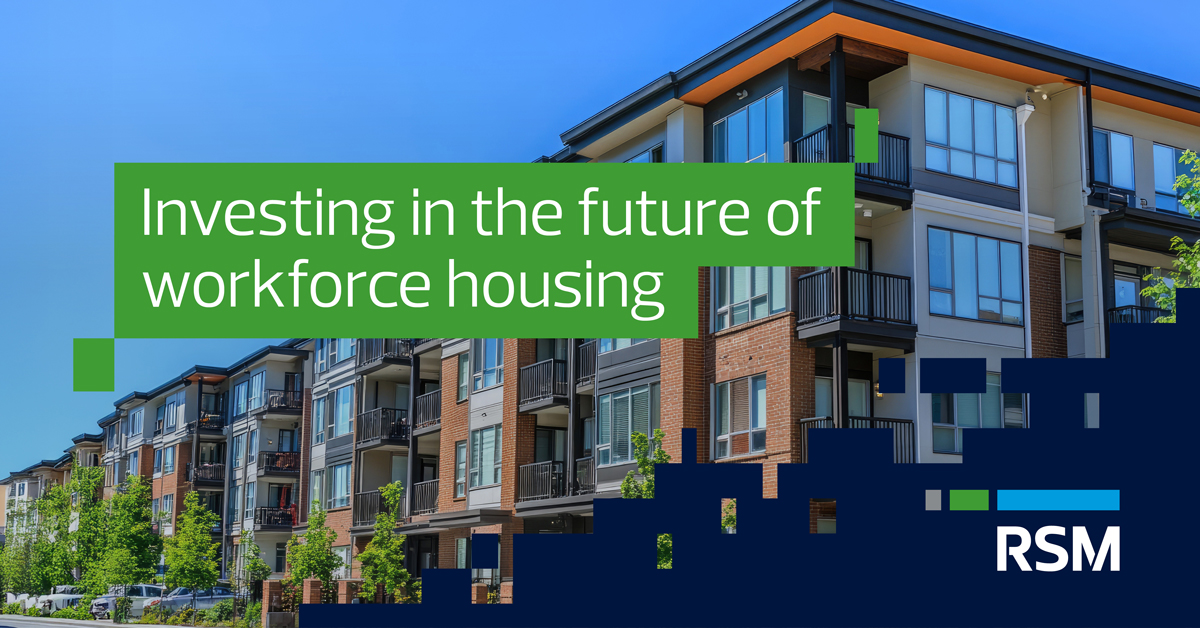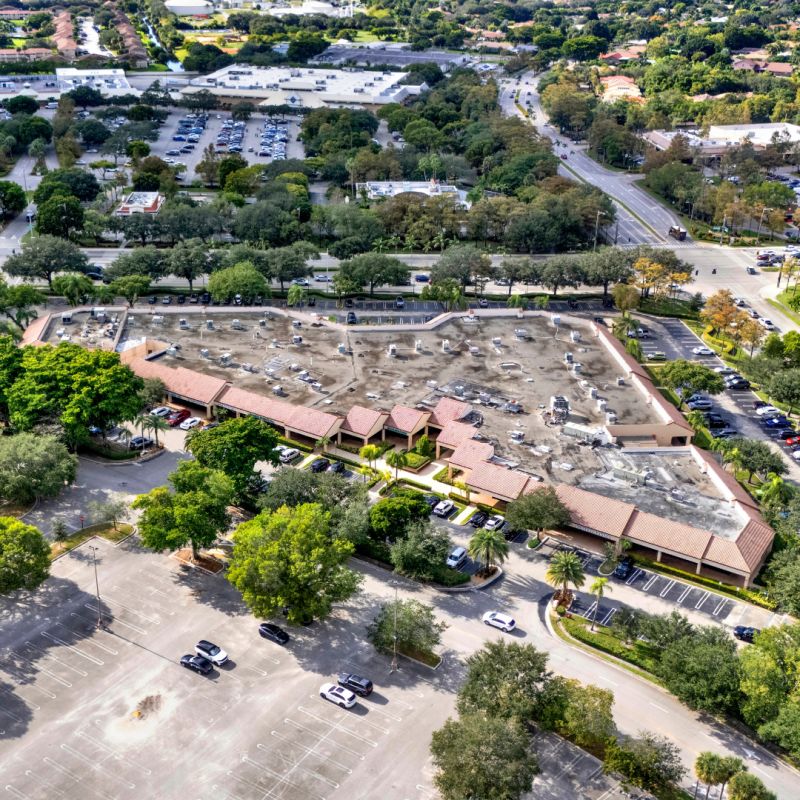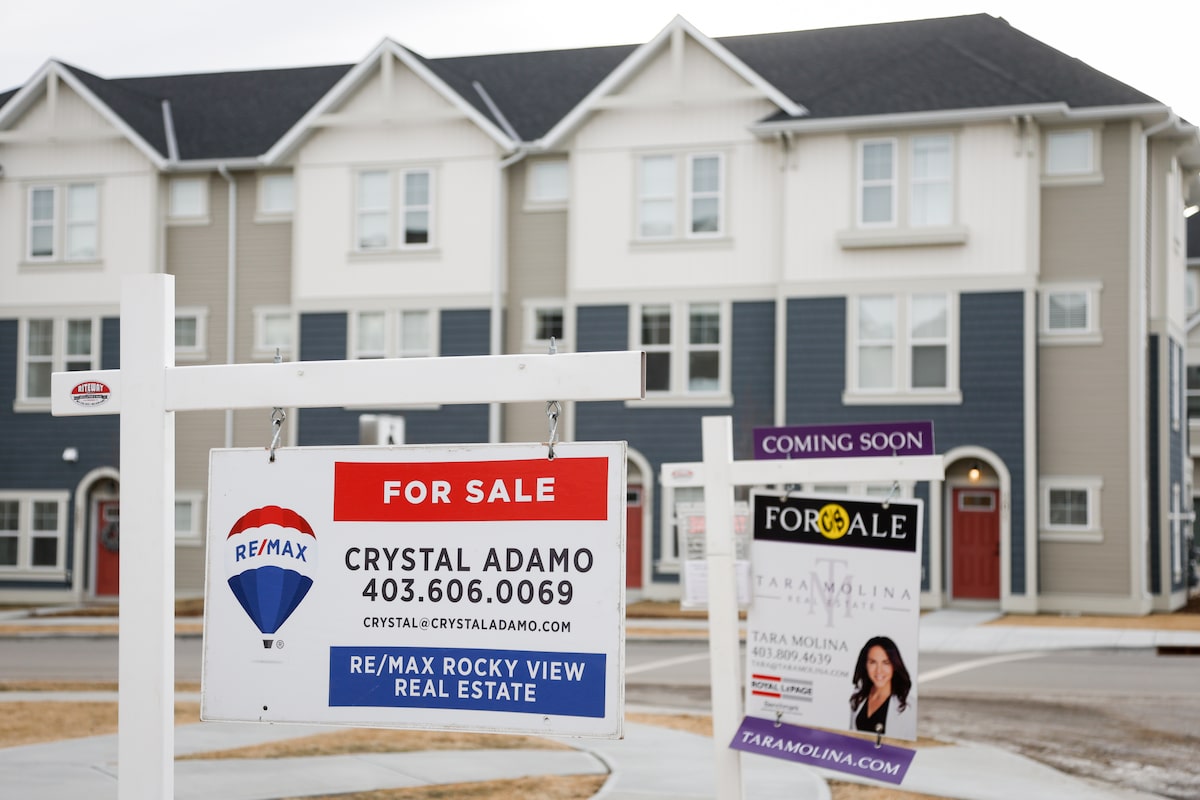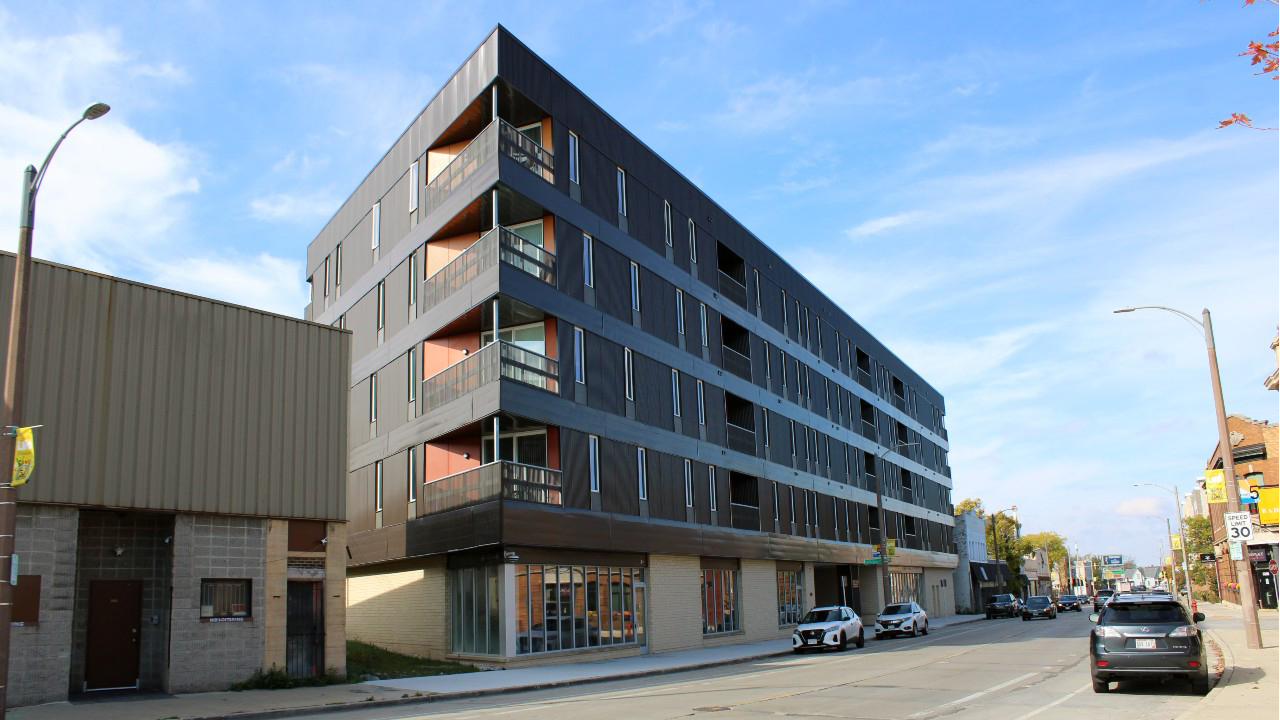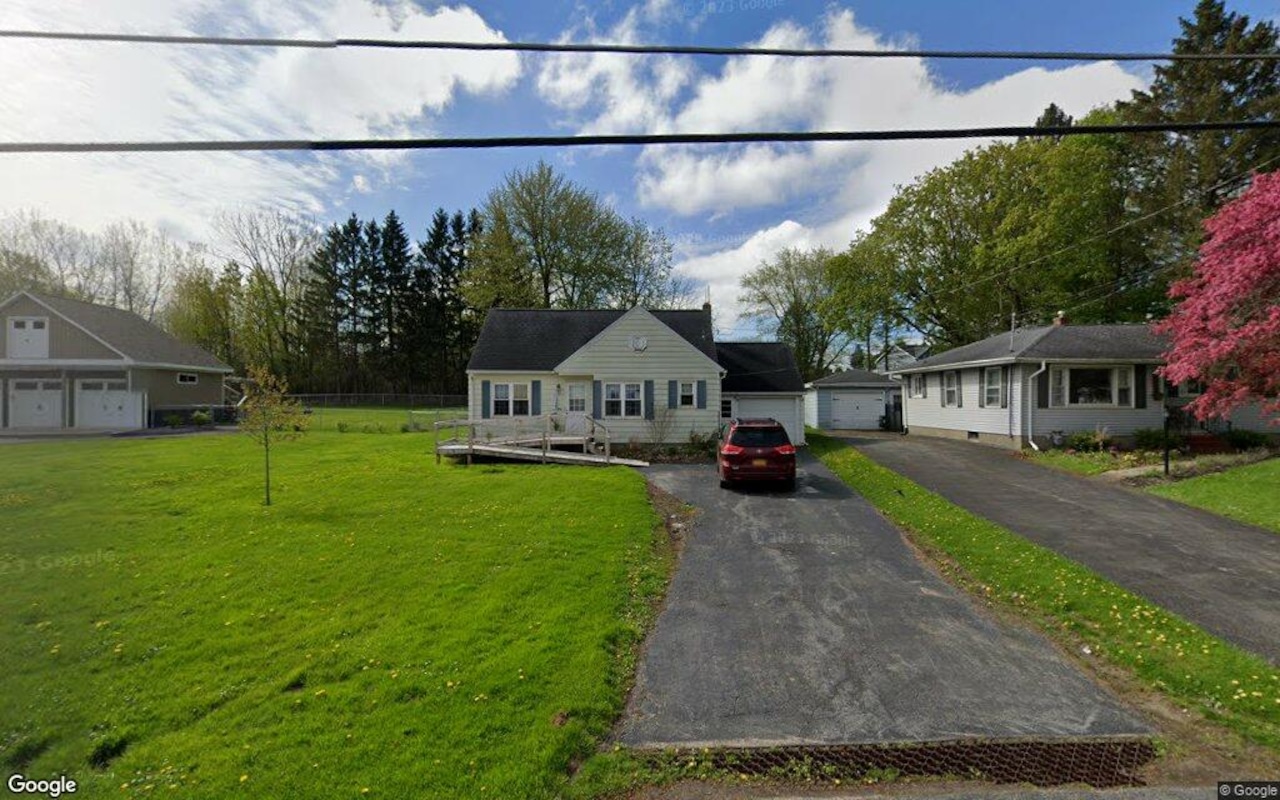T
he US housing crisis, driven by a shortage of 3 million units and high mortgage rates, has disproportionately affected workforce households. These essential workers, including teachers, nurses, and police officers, earn between 60% to 120% of the area median income but are priced out of homeownership due to rising home prices, inflation, and stagnant supply. This has led to a surge in rental demand and costs in underserved communities.
The affordability gap between subsidized low-income housing and market-rate units is a significant issue. Closing this gap requires both public support and private investment. The growing demand for rentals has created opportunities for multifamily developers, but they face barriers such as zoning laws and land prices that make new projects financially unworkable without incentives.
To address the workforce housing shortage, a mix of federal, state, and local strategies is essential. Innovative programs like public benefit corporations and tax increment financing (TIF) districts can help fund infrastructure for mixed-use developments with workforce housing at their core. Property tax exemptions and Low-Income Housing Tax Credit programs also provide vital support.
Investors are taking notice of the potential for stable returns and social impact benefits in the workforce housing market. With $1.8 trillion in commercial real estate loans maturing by 2026, distressed multifamily properties offer opportunities for acquisition, recapitalization, and conversion to workforce housing. Streamlined permitting and zoning restrictions can drive costs down and increase supply.
Workforce housing is a social issue worthy of impact investment capital, offering community development, stable financial returns, and meaningful social benefits. Family offices are playing a growing role in real estate investments that align with their values and long-term goals. With nearly half of all US renter households cost-burdened, the need for workforce housing is urgent, but so is the opportunity for developers and investors to create lasting value while addressing this critical issue.
